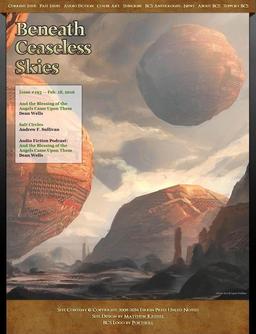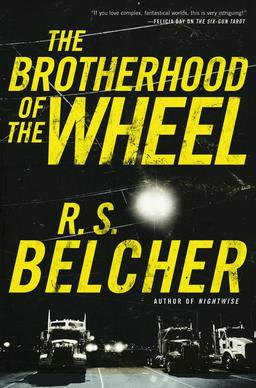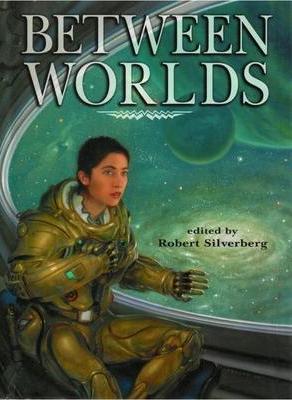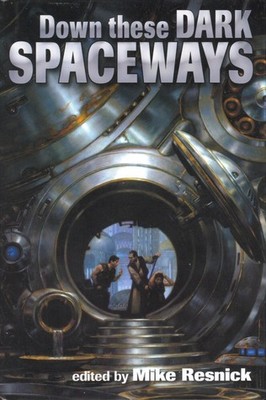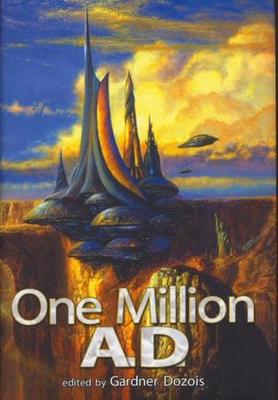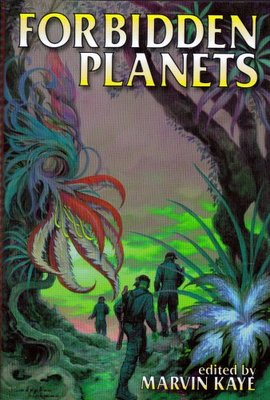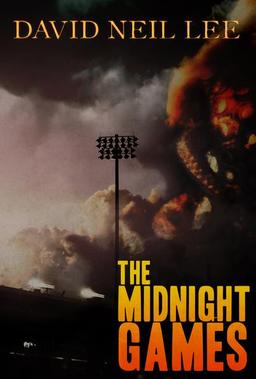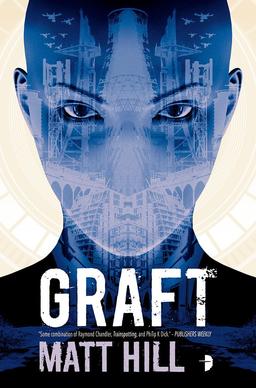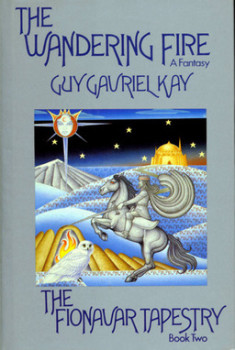Acquiring Michael Whelan’s Cover for The Bane of the Black Sword
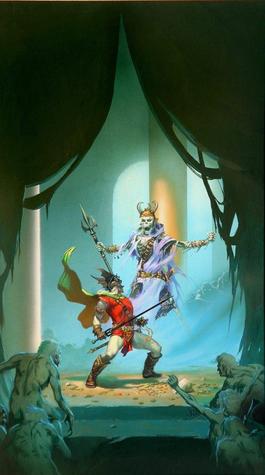 |
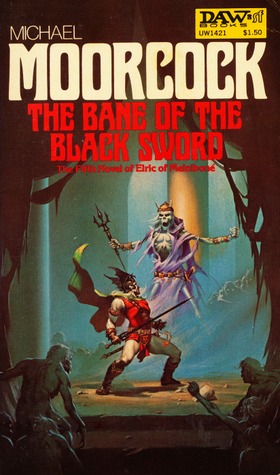 |
I thought I’d move a bit further ahead in time tonight than my usual pulp related posts, though it does have a bit of a pulp connection for me. I was discussing this piece with a friend of mine earlier today, so I figured I’d post it. By Michael Raymond Whelan, this is the cover for The Bane of the Black Sword by Michael Moorcock, featuring the one and only Elric of Melnibone (click the art for bigger versions). Both Deb and I loved the Elric books when we read them as teenagers, in the DAW editions featuring all those great Whelan covers, and when we had the chance to pick this up, we jumped at it.
We bought this in a hotel room many years ago, from our friend Randal Hawkins. He and his wife Donna drove up from the K.C. area with the painting, and we met them at a hotel about half way between there and Chicago to do the deal. It wasn’t the only time we did a deal like that in a hotel room with Randal — we bought other art from him that way as well, over the years, as well as many pulps. Hence the bit of a pulp connection for me. Those were good hotel rooms! Randal passed away much too young, but we have fond memories of visiting with him and Donna in K.C., looking at their great art collection, as well as their place in Las Vegas. And we often think of him when we look at this piece.
